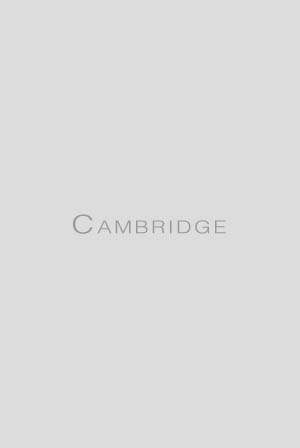No CrossRef data available.
Article contents
Political Scientists and Journalists Watch Congress
Published online by Cambridge University Press: 12 May 2020
Extract
When the House of Representatives began to allow television cameras in to cover its floor proceedings in early 1979, it was not widely noticed in the country or the academic community. As C-SPAN's Susan Swain notes, the initial cable coverage was from 10 a.m. to 6 p.m. weekdays, with only three-and-one- half million homes wired to receive the service. It was rare in the first year or two of television coverage for other television outlets, especially the commercial networks, to use any of the floor footage extensively either.
But within a couple of years, the television coverage of the House began to penetrate the media and the country more widely. C-SPAN, under Brian Lamb's astute tutelage expanded dramatically; network evening and weekend news shows, growing comfortable at monitoring the floor debate, began to use both ten-second “sound bites” and more extended excerpts on their shows; public television, through the Mac-Neil/Lehrer NewsHour and The Lawmakers, made the televised floor proceedings staples of their news coverage.
- Type
- Research Article
- Information
- Copyright
- Copyright © American Political Science Association 1987




